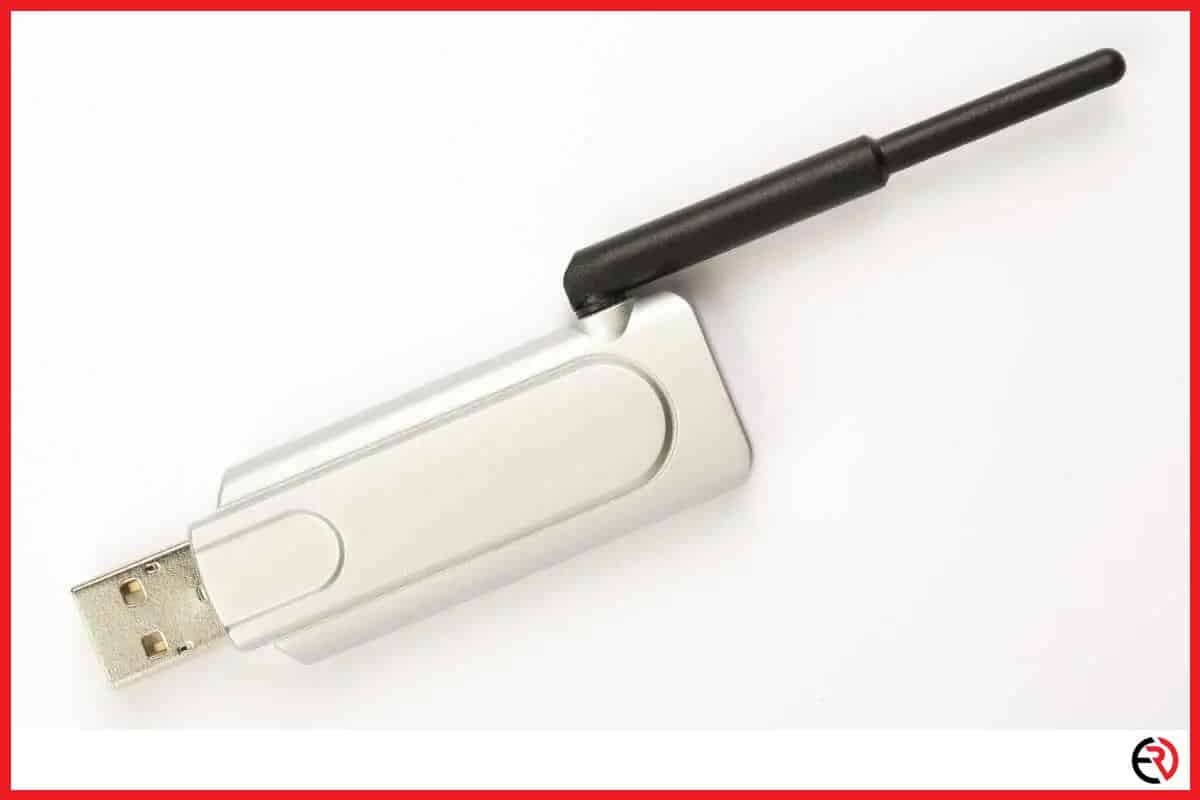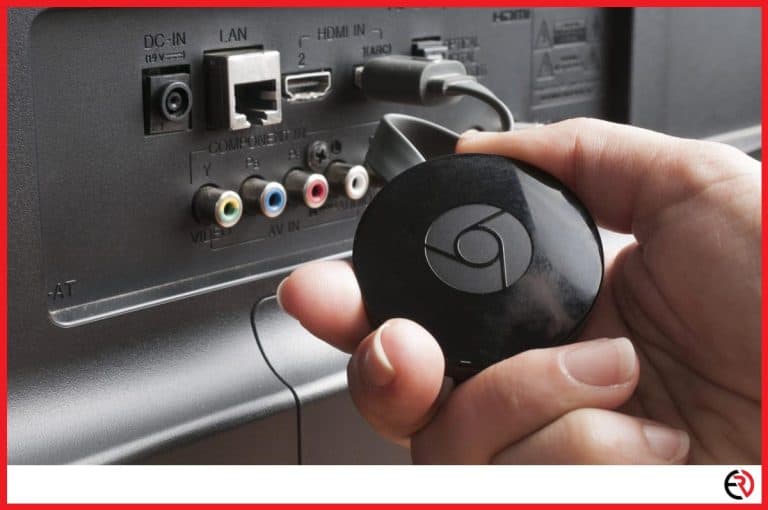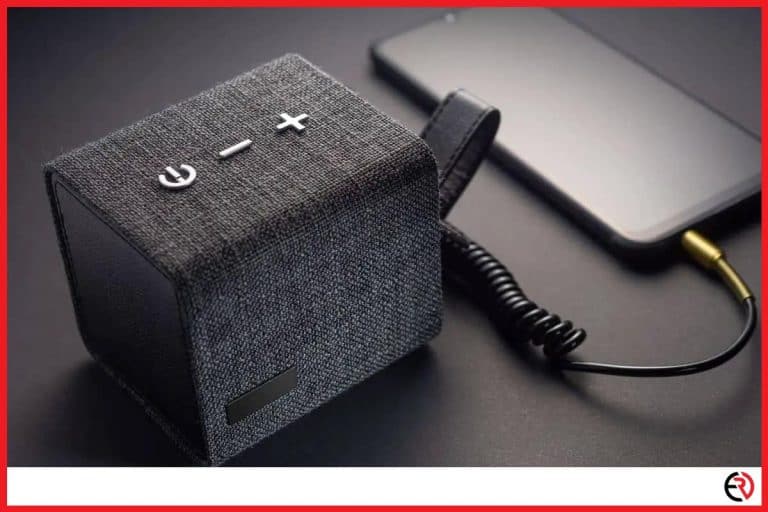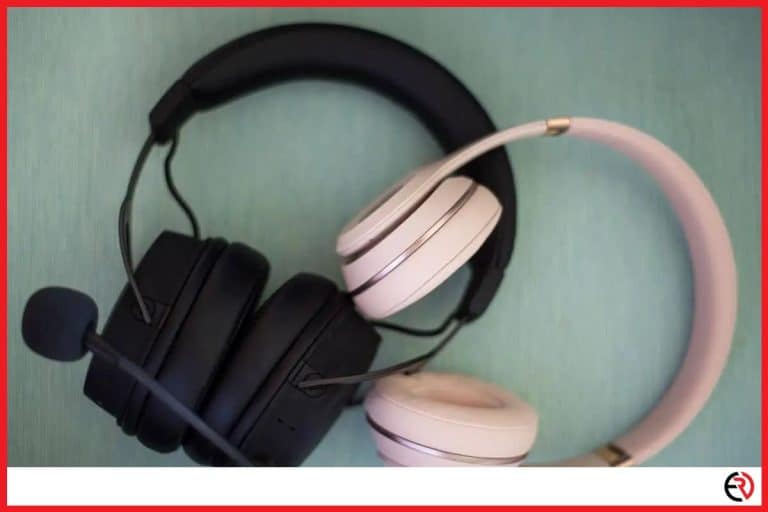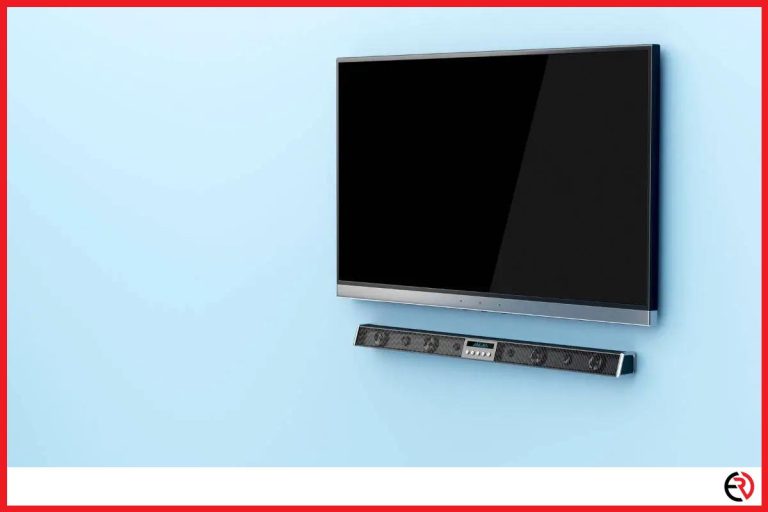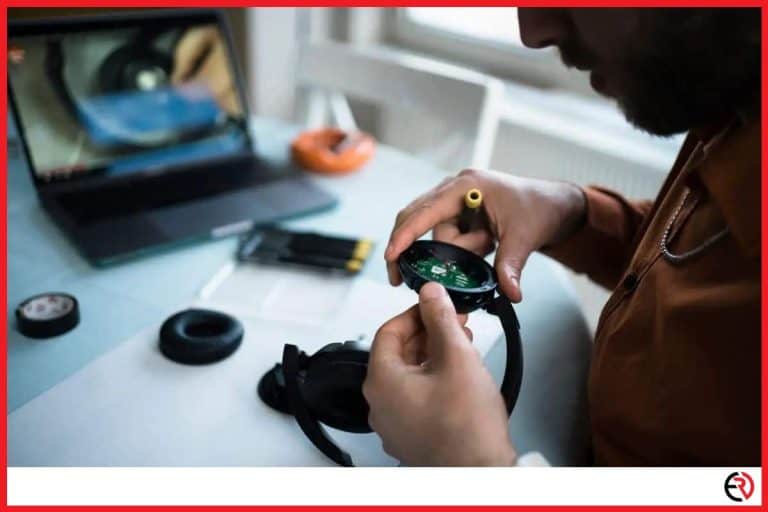How do Bluetooth Transmitters Work? (Simple Guide and Usage)
This post may contain affiliate links which means that, if you choose to make a purchase, I may earn a small commission at no extra cost to you.
After a long day at work, nothing beats Netflix and chill. However, doing so might disturb other people in the house. This is where Bluetooth transmitters come in. Bluetooth transmitters let you watch your favorite show or play your favorite game, without disturbing people around you. They also let you connect Bluetooth-enabled devices to non-Bluetooth devices such as an in-flight entertainment system or an old-generation TV.
Simply put, a Bluetooth transmitter is an electronic device that transmits data between two devices. Technically, a Bluetooth transmitter works by decoding the source file into a format that is then transmitted to the Bluetooth device via radio waves. This allows Bluetooth transmitters to connect to a wide range of devices like headphones and speakers.
Bluetooth transmitters are essential for people with non-Bluetooth devices. So if you own a non-Bluetooth device, keep on reading. This article will discuss the types of Bluetooth transmitters in the market, things to consider when buying a transmitter, how to use Bluetooth transmitters with multiple systems (TVs, PCs, and cars), and the difference between a Bluetooth transmitter and receiver.
Types of Bluetooth Transmitters
- Wired Bluetooth Transmitters
As its name suggests, this type of transmitter uses a wire to connect two devices. While they’re easy to connect, having an adapter that is compatible with the device is a must. Wired Bluetooth transmitters are also less popular than the other type.
- Wireless Bluetooth Transmitters
On the other hand, wireless Bluetooth transmitters are more advanced. Some models come with antennas that wirelessly transmit data. Others are pocket-sized, which equates to convenience. They can connect to devices without the need of adapters, making them the first choice for many people.
Things to Consider When Choosing a Bluetooth Transmitter
You can find a ton of Bluetooth transmitters in the market. To help you choose the ones that best suits your needs, here are the specific things that you have to consider when buying a Bluetooth transmitter.
- Dual Function Technology
The first thing you have to consider when buying a Bluetooth transmitter is its functionality. Many Bluetooth transmitters can serve as Bluetooth receivers as well (we’ll go more into detail about transmitters and receivers later).
Although all Bluetooth transmitters can transfer audio to your headphones or speakers, some of them can also receive audio from your device to headphones or speakers.
- Device Pairing Capabilities
Some Bluetooth transmitters can only transmit data to one device. Others, however, can connect to multiple devices at once (your headphones and your roommates’, for example).
Clearly, Bluetooth transmitters that can connect to multiple devices are better than those that can connect to one device only. They can save you money since you don’t have to buy a Bluetooth transmitter for every non-Bluetooth device you have.
- Battery Life
This section only applies to wireless or portable models of Bluetooth transmitters. Battery life that lasts long means that you’ll be able to use the transmitters on long trips or for days without constant charging. This also means that the transmitter will probably be ready whenever you need to bring it out.
A Bluetooth transmitter with a great battery life can last at a minimum of 8 hours. Anything lower than that might not be as ideal especially if you have to use the transmitter outdoors.
- Transmission Range
The transmission range is the distance a Bluetooth transmitter can work given that there are no obstacles that mess with the signal.
Bluetooth transmitters are classified in terms of transmission range. Class 1 has a range of about 100 meters, while Class 2 can transmit data for up up to 10 meters.
The most common class in the market is Class 2, which is good enough for home use. However, if you want a better transmission range, spending a few extra on getting a Class 1 is worth it.
- Controls
Bluetooth transmitters are simple devices, but models vary widely in terms of controls. Some transmitters only have one universal button and light, while others have multiple buttons and lights.
Contrary to popular belief, the ones with multiple buttons and lights are relatively easier to use because they don’t confuse you.
- Ease of Connection
Before buying a Bluetooth transmitter, or any device for that matter, trying it out is a must. Of course, you have to pair it first with the devices you most frequently use.
Based on experience, some Bluetooth transmitters instantly pair with devices, while others don’t (even after repeated attempts). Although Bluetooth pairing can sometimes be tricky, you need a Bluetooth transmitter that can consistently and smoothly pair with your devices
- Sound Output
Even though Bluetooth transmitters can be used to transfer files, they are more commonly used to connect audio devices like headphones and speakers. Given this, it’s important for you to see the transmitter’s sound output.
Unfortunately, some Bluetooth transmitters reduce the volume or quality of the sound. To test a transmitters’ sound output, the transmitter’s volume control (if available) must be set to a maximum control first. You can then compare its sound to the sound your headphone set or speaker makes when it’s connected via a wire or a different Bluetooth transmitter.
Bluetooth Transmitters vs Bluetooth Receivers
To better understand Bluetooth transmitters, it’s crucial for you to know their difference from Bluetooth receivers.
Bluetooth transmitters send data from non-Bluetooth devices (e.g. old TVs, car stereo, speakers, headphones) to Bluetooth-enabled devices. For example, if you have a non-Bluetooth TV and Bluetooth-enabled headphones, you can connect a transmitter to your TV. After doing so, your TV will send its data via the transmitter. As a result, you can hear the sound of your non-bluetooth TV through your Bluetooth headphones.
On the other hand, Bluetooth receivers get data from Bluetooth-enabled devices to non-Bluetooth devices. For example, if you have a non-Bluetooth speaker and a Bluetooth-enabled computer, you can attach a Bluetooth receiver to your speaker. After connecting the receiver to your computer, your Bluetooth-enabled computer will now send its data to the receiver. As a result, you can hear the sound of your computer through your non-Bluetooth speaker.
How to Use a Bluetooth Transmitter for Your TV
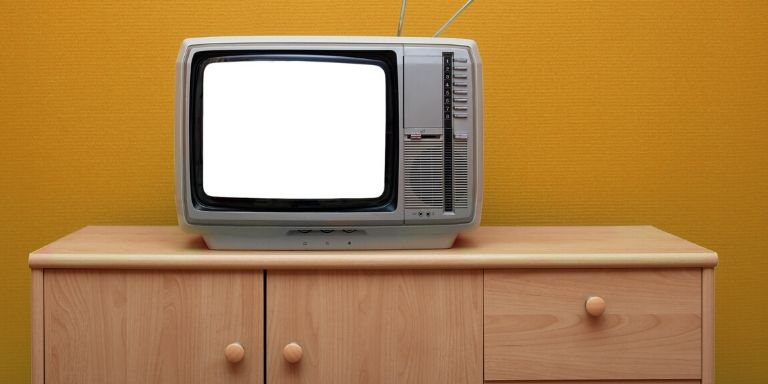
Follow these steps if you want to use a Bluetooth transmitter to connect your TV to your wireless headphones or speaker.
- You might want to start by buying a Bluetooth transmitter that is compatible with your TV. Avantree’s Audikast is a great option as it can transmit to two devices at the same time.
- Then, you have to connect the Bluetooth transmitter to a power source to turn it on. If it has its own battery, you just have to turn it on.
- After turning on the transmitter, you have to connect it to your TV’s audio output.
- You then have to pair your Bluetooth-enabled device with the transmitter. It’s ideal for you to get close to the transmitter while doing this for easy connection.
- That’s it. Once paired, you’re ready to listen to your TV using your Bluetooth device.
How to Use a Bluetooth Transmitter for Your Car
Follow these steps if you want to use a Bluetooth transmitter to connect your car’s audio system to your smartphone.
- Like with TVs, you have to first find a Bluetooth FM transmitter that is compatible with your car’s audio system. Nulaxy’s FM Transmitter is a great option as it works with iOS, Android, and MP3 & MP4 players.
- Connect the Bluetooth transmitter to your car to turn it on.
- Turn on your smartphone’s Bluetooth and pair it with the transmitter.
- You then have to tune your car’s system to an empty FM channel. This must be done because a channel used by radio stations might interfere with your phone calls.
- Select the same empty channel on the Bluetooth transmitter. That’s it. You’re now ready to listen to music or make phone calls through your car’s audio system.
How to Use a Bluetooth Transmitter for Your PC
Follow these steps if you want to use a Bluetooth transmitter to connect your PC to your smartphone, speakers, or headphones.
*Take note: Most PCs are Bluetooth-enabled. It’s the old ones that aren’t. Confirm that your PC doesn’t have Bluetooth first.
- Like with the previous devices, you first have to find a Bluetooth transmitter that is compatible with your PC. Avantree Priva IIA is an excellent option as it is portable and has low latency.
- Connect your PC to your Bluetooth transmitter.
- After connecting the transmitter to your PC, install it. An installer will usually pop up on your screen. Run the installer after it pops up.
- Pair your device to the Bluetooth transmitter.
- That’s it. Once paired, you’re ready to transfer files to or from your PC, watch videos, or listen to music through your Bluetooth headphones or speakers.
The Bottomline
Wireless, Bluetooth-enabled devices are very convenient— until you have to use them with a non-Bluetooth device like a Nintendo switch, and old PC, or a regular TV. The antidote? Bluetooth transmitters.
At the end of the day, as long as your source has an optical audio output or a 3.5-mm headphone jack, a Bluetooth transmitter can make it Bluetooth compatible.

